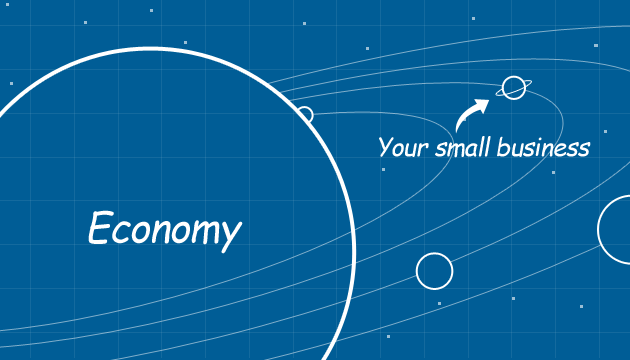Reality or Illusion - Microfinance in the United States
When people think of Microfinance and microcredit they immediately think of third world countries, such as Bangladesh, where Muhammad Yunus established modern Microfinance and Microcredit. The idea of setting up a small loan bank in one of the richest nations on the planet seems a bit farfetched. But is it?
First of all it’s important to acknowledge that US Microfinance isn’t identical to the one applied in third world countries; though it is similar and based on the same principles. While the Bangladesh loans for small businesses range from $50 to $100 with four to six months terms, the US loans for small businesses range from $700 to $50,000 (averaging $5,100) with six to sixty months terms, and over %90 of the loans range between $1,000 to $10,000. That’s because while there are over 100,000 different bank branches in the US, most of them typically don’t loan under $35,000 to small business. Additionally, a vast number of loans are $1,000 credit builder loans to help new immigrants establish a credit history, so that they can enter the financial mainstream and gain access to credit cards.
In terms of potential client base, there are over 30 million people in the US that can benefit a lot from small loans. There are more than 22 million self-employed small business owners (with five or fewer employees) that require $35,000 or less in startup capital. Over half lack access to mainstream financial services. 9 Million Households don’t have access to banks (simply not qualified) and 21 million more are using payday loans and pawnshops as their main financial tool, with places charging an interest rate significantly higher than the %7 to %15 rate offered by the MFI’s (Microfinance Institutes).
Also, in the US, as opposed the developing countries, potential Microcredit clients are much more spread out geographically, and vary in industry type and business size. This means that the MFI’s have to invest more money and work a lot harder to reach them, before even convincing them they can be of help. Also because the US is more of an individual centered society, low cost methods like peer landing (in which groups of people, usually women, jointly guarantee one another’s loan and have control as to who enters the group) are not working well, thus bringing the MFI’s to spend even more resources and creating a system that is mostly individual based as opposed to group based.
Yet, even with all the obstacles ,the repayment rate of loans in the US stands at a staggering 99%, well above that of mainstream banks and above the average of worldwide Microcredit. In summary, while the present may show difficulties for Microfinance in the US, the future does seem bright. MFI’s may not be profitable yet, and as Yunus himself said “If it’s not profitable, it’s not micro-landing - it’s charity”. Nevertheless all the right pieces are there and it’s simply a matter of putting them in the right order.
Related Posts
|
|
|





